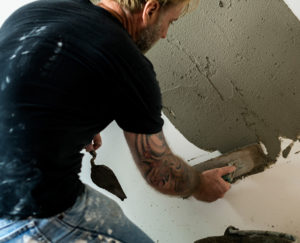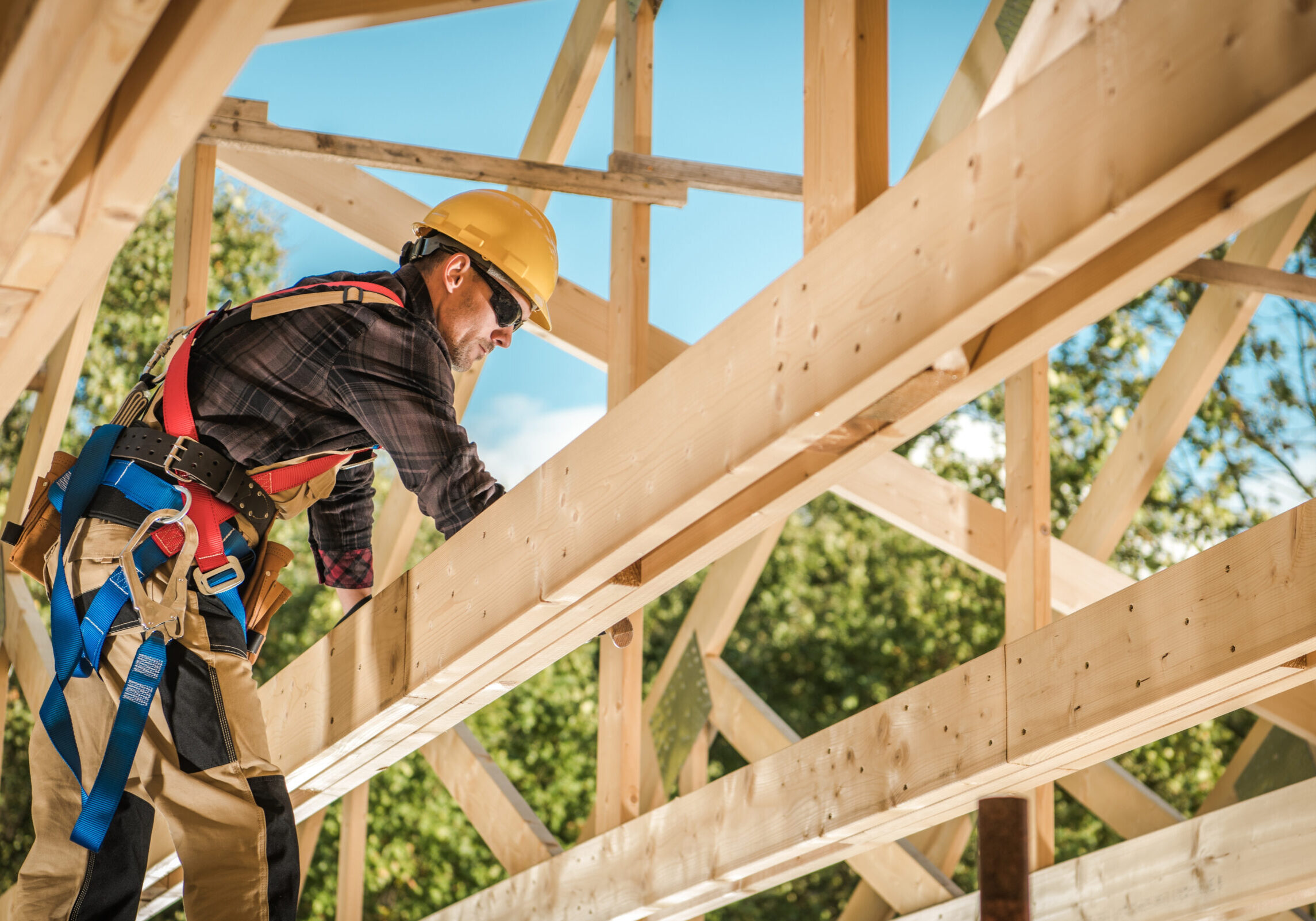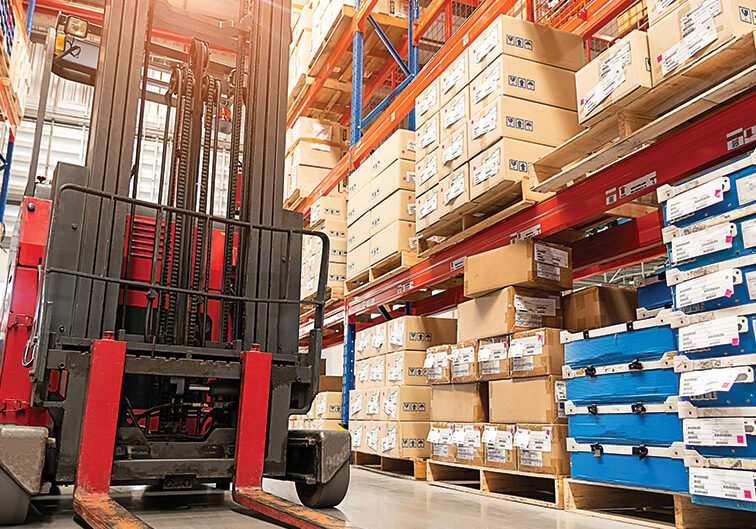Labor Shortage: Impact on U.S. Home Builders
The home building labor shortage is at the forefront of most builders’ minds. In fact, 78% of builders say that labor is their number one concern.
How bad has the labor shortage gotten?
There are now 20% fewer people employed in the residential construction industry than 10 years ago. With fewer available workers, there’s a battle to retain qualified trades people. Poaching workers from other builders has become common practice.
As a result, the price of labor is increasing, which is undermining the industry’s notoriously thin margins.
The cause of the labor shortage
 There’s no single cause contributing to the labor shortage. Compounding issues plague the construction industry: stagnant hourly wages, a lack of skilled workers, an aging workforce, and a high demand for labor.
There’s no single cause contributing to the labor shortage. Compounding issues plague the construction industry: stagnant hourly wages, a lack of skilled workers, an aging workforce, and a high demand for labor.
And that was before hurricanes devastated South Texas and Florida. States rebuilding after Hurricanes Harvey and Irma will likely make the labor shortage worse as skilled laborers across the country seek higher wages in the devastated regions.
How builders are responding to the labor shortage
The primary way builders are responding to the labor shortage is through cutting costs.
One way builders are cutting costs is through automation.
According to a recent survey, 22% of builders report that they’re increasing their use of labor-saving equipment. For example, Hadrian X, a bricklaying robot with a 30-meter metal arm can lay bricks at a rate of 1,000 bricks per hour. For comparison, 1 worker usually lays a 1,000 bricks in a day.
Similarly, prefab houses are on the rise, with 11 percent of builders using offsite prefabrication, making it quicker and easier to assemble houses.
For example, an automated home building factory in New Hampshire uses an assembly line to build houses that can be put up in as little as 30 to 35 days. Another company, Entekra, is manufacturing prefab houses in which 3 people can assemble a 3,200 square-foot house in 3 days.
Finally, builders are offsetting the cost of labor through rebate programs and software automation through companies like HomeSphere. By reducing the cost of the products installed in homes through front-end and back-end savings, builders are better able to protect their profit margins.
Solving the labor crunch
The labor shortage has been a persistent problem for the housing industry since the Great Recession, and just as there’s no single cause, there’s no magic bullet to solve it.
However, there is an ongoing effort to train new qualified workers across the country. For example, the Colorado Homebuilding Academy, a Denver-based construction training program, is aiming to train quality construction workers in no more than eight weeks.
Will training programs like these offset the labor deficit? Not by themselves.
In truth, it will likely be a combination of automation, prefabrication, product savings, and training a skilled workforce that will deliver us from the labor crunch.
©HomeSphere LLC 2017



